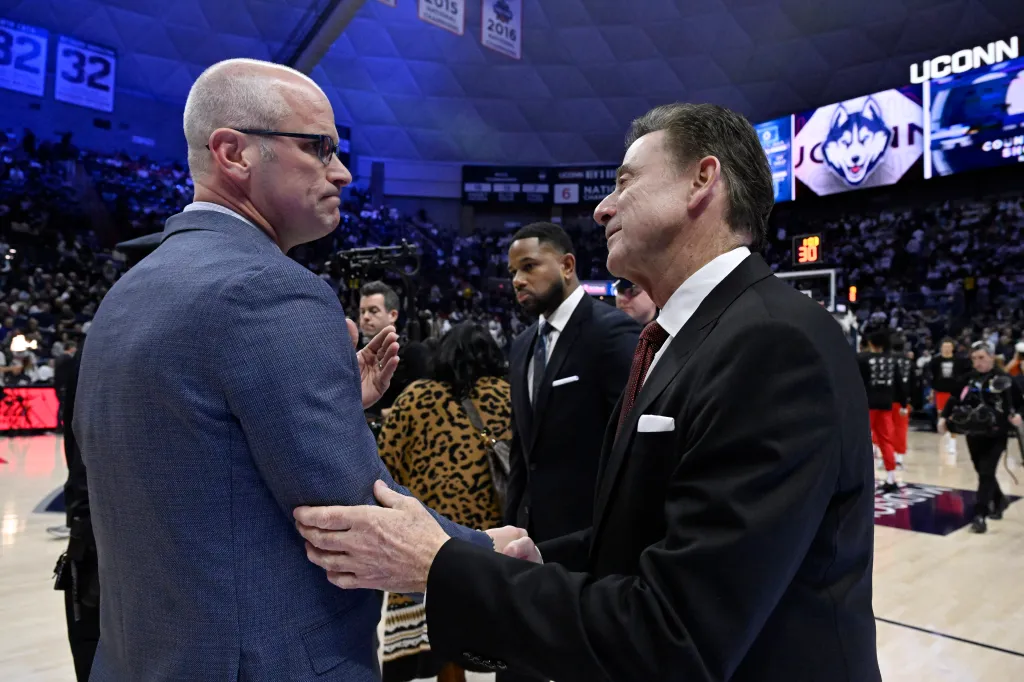Copyright thehindubusinessline

A decade back, Prime Minister Narendra Modi got the Mumbai-Ahmedabad High-Speed Rail (HSR) project sanctioned at ₹98,000 crore, with 80 per cent funding from the Japan International Cooperation Agency (JICA), ending decades of dithering by successive governments that debated whether HSR was too elitist for India — ignoring the global experience of both developed and middle-income nations such as Morocco, Türkiye, and Indonesia. A natural comparison ought to have been China, with somewhat similar demographics and distances, which today leads the world with more HSR tracks than the rest of the world combined, carrying nearly three billion passengers every year. It took decades to realise that HSR is crucial for reducing travel time between major cities, fostering the growth of new urban centres away from today’s congested ones, spurring economic activity and employment, and providing one of the greenest modes of transport. Since then, the project has mostly made news for the wrong reasons — delays attributed to land acquisition hurdles in Maharashtra (when the opposition ruled the State), Covid disruptions, and frequent design changes; and on the other, cost escalation to nearly ₹2 lakh crore and the puzzling inability of the executing agency — Indian Railways’ (IR’s) PSU, the National High-Speed Rail Corporation Ltd (NHSRCL) — to provide a reliable timeline to the Parliamentary Standing Committee recently. With the change of government in Maharashtra, civil works picked up, but new roadblocks emerged over the past year. The Japanese quoted exorbitant prices for their trains and signalling systems, and repeated attempts to negotiate yielded little. The IR, therefore, decided to develop its own 280 kmph train — a welcome but highly ambitious step that, nevertheless, failed to impress the Japanese. The IR also decided to install a European Signalling system, calling it a temporary measure, perhaps hoping to soften Japan’s rigid stance on pricing. Massive tunnel-boring machines, built in Guangzhou by German specialist Herrenknecht for the 21-km underground section between Bandra-Kurla Complex (BKC) and Shilphata, were held up at a Chinese port since October 2024, due to supply-chain restrictions imposed by China, delaying progress of civil work on this crucial stretch. Japan’s offer Japan had since offered, surprisingly, to provide two current model Shinkansen trains at no cost for testing and data generation, even as IR has declared its intention to procure the latest Japanese trains — still under development and expected only by 2031. Meanwhile, debate continues over a number of issues: running indigenous trains at 250 kmph on infrastructure built for 320 kmph; the compatibility of a European signalling system with Japanese trains; India’s reliance on imported tunnel-boring machines; and the dilution of focus through multiple proposed HSR corridors such as Delhi-Varanasi-Howrah, Chennai-Bangalore-Mysore, Delhi-Amritsar, and Mumbai-Hyderabad. The specific outcome of the Prime Minister’s visit with respect to the HSR project is not yet public, but recent announcements and the Railway Ministry’s stance provide some pointers. The stranded tunnel-boring machines have arrived in India following the détente with China and will soon be put to work. Overall construction, for once, is progressing rapidly, with approximately 325 km of viaducts and 400 km of piers already completed. IR has finally shed its Japanese dependence, awarding the signalling contract to the Siemens-DRA Infracon JV, and their European system will be fully operational by 2029 — at a fraction of the Japanese price. IR expects its indigenous HSR train to be ready by 2027 and fully operational by 2028, albeit at a reduced speed of 250 kmph. If successful, this would mark a significant milestone in India’s technological capability. As for the 320 kmph version, global players are likely to be invited to bid soon, and the offer of European companies are expected to be far more competitive than the Japanese. If an order is placed boldly, 2029 can well be a realistic target for the commissioning of a 320 kmph HSR train. On October 15, the Minister announced India’s commitment to build 7,000 km of dedicated passenger corridors by 2047 — largely using indigenous technology for signalling, control centres, and even trains. This, hopefully, would mean that at least a couple of more sectors would soon be sanctioned. Japanese trains and signalling systems on civil infrastructure built to Shinkansen standards would indeed have been ideal for the Mumbai-Ahmedabad HSR project — but the best need not become the enemy of the good. Given the current disconnect between India and Japan, this roadmap may well be the most pragmatic way forward. The writer is Retd. GM/Indian Railways and Independent Consultant. Leader of Vande Bharat project Published on October 29, 2025



